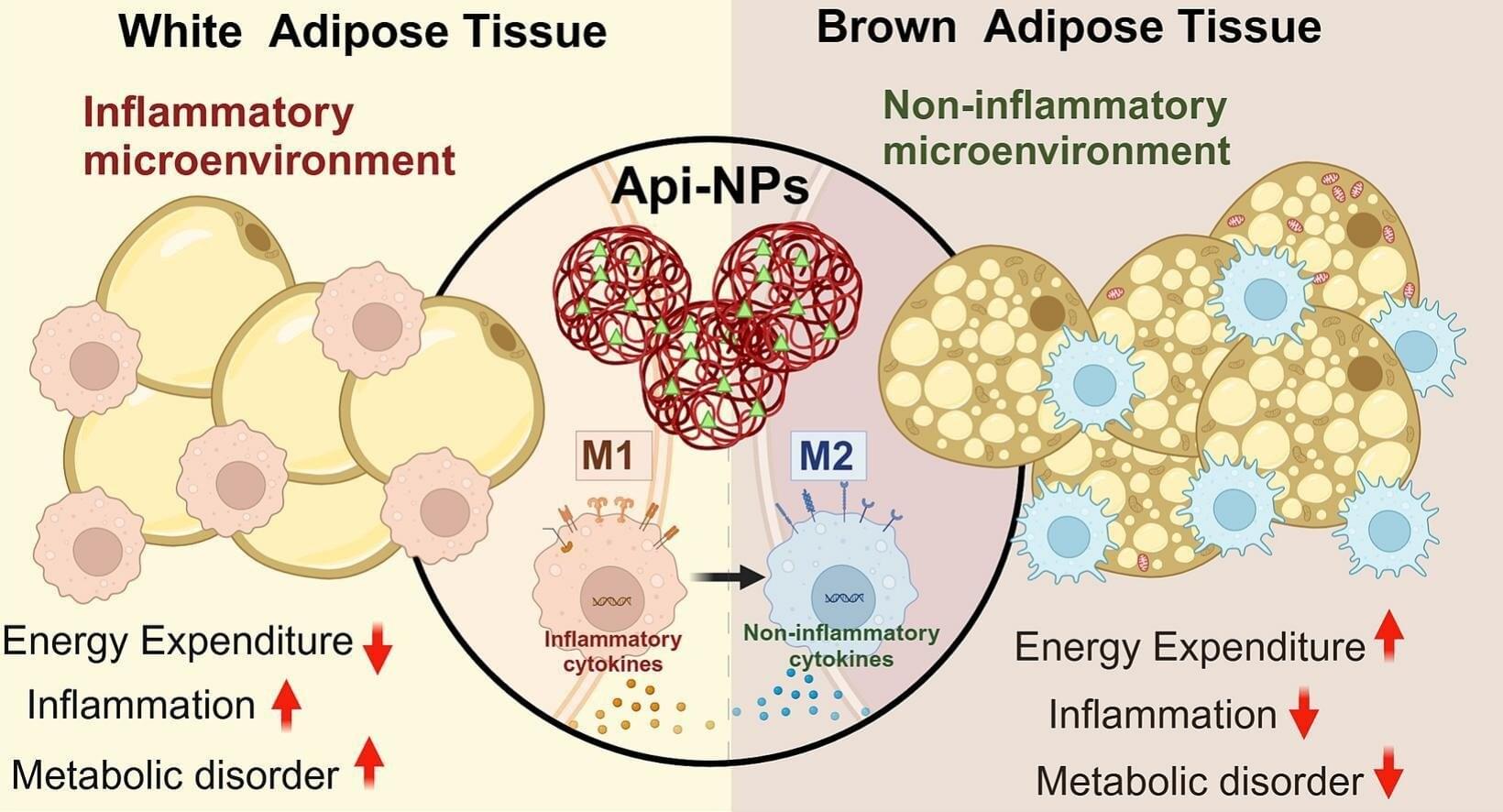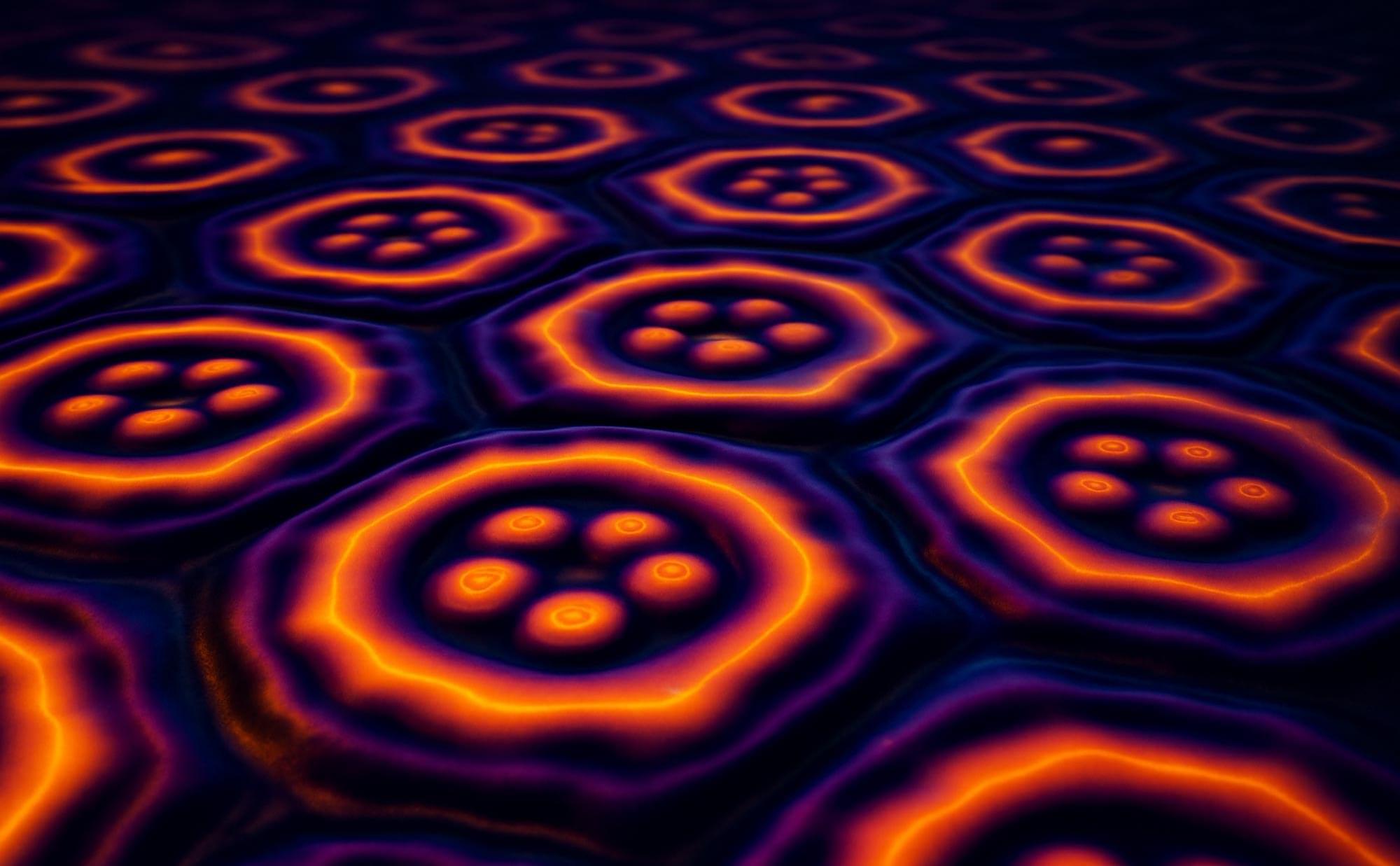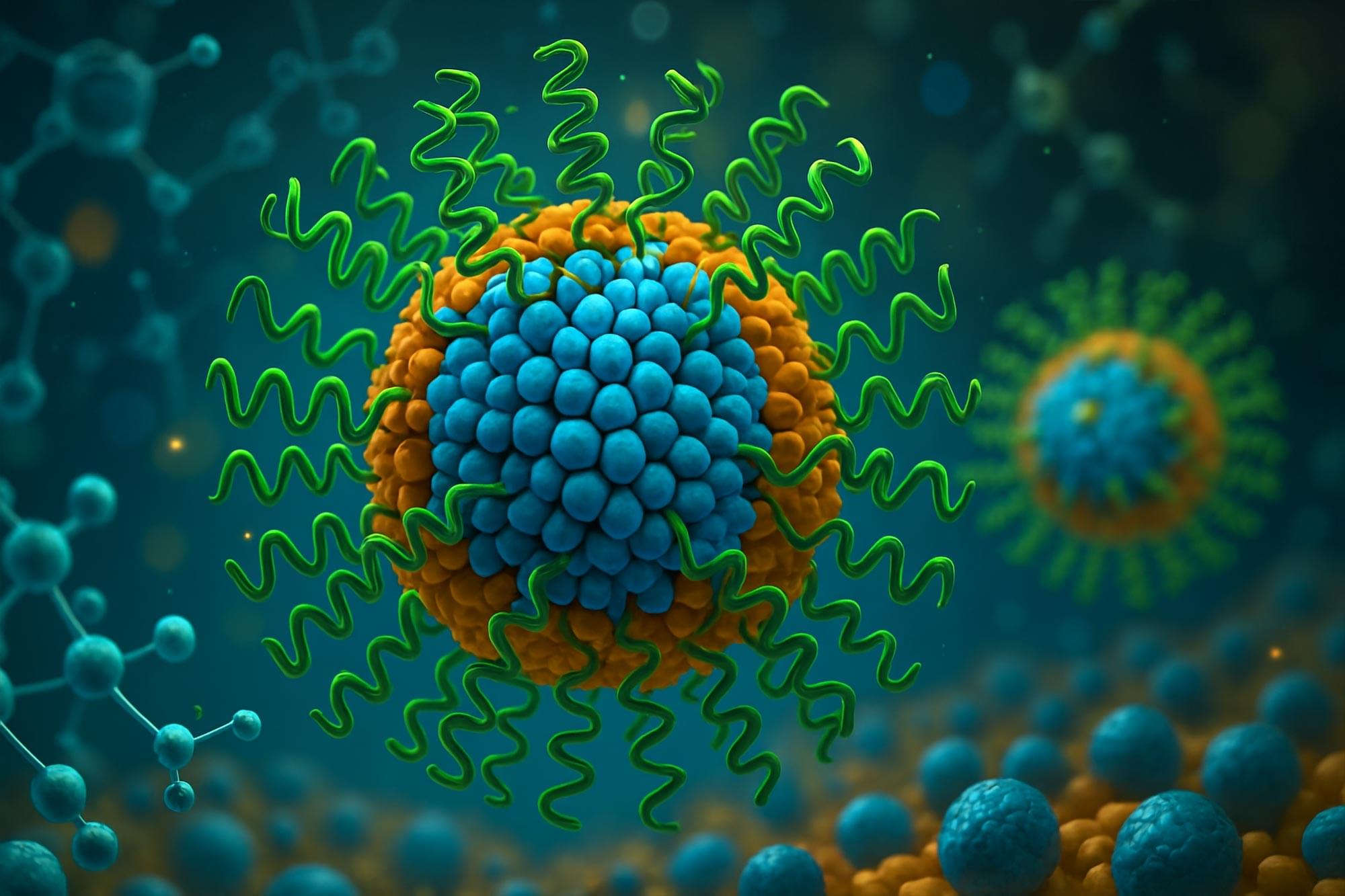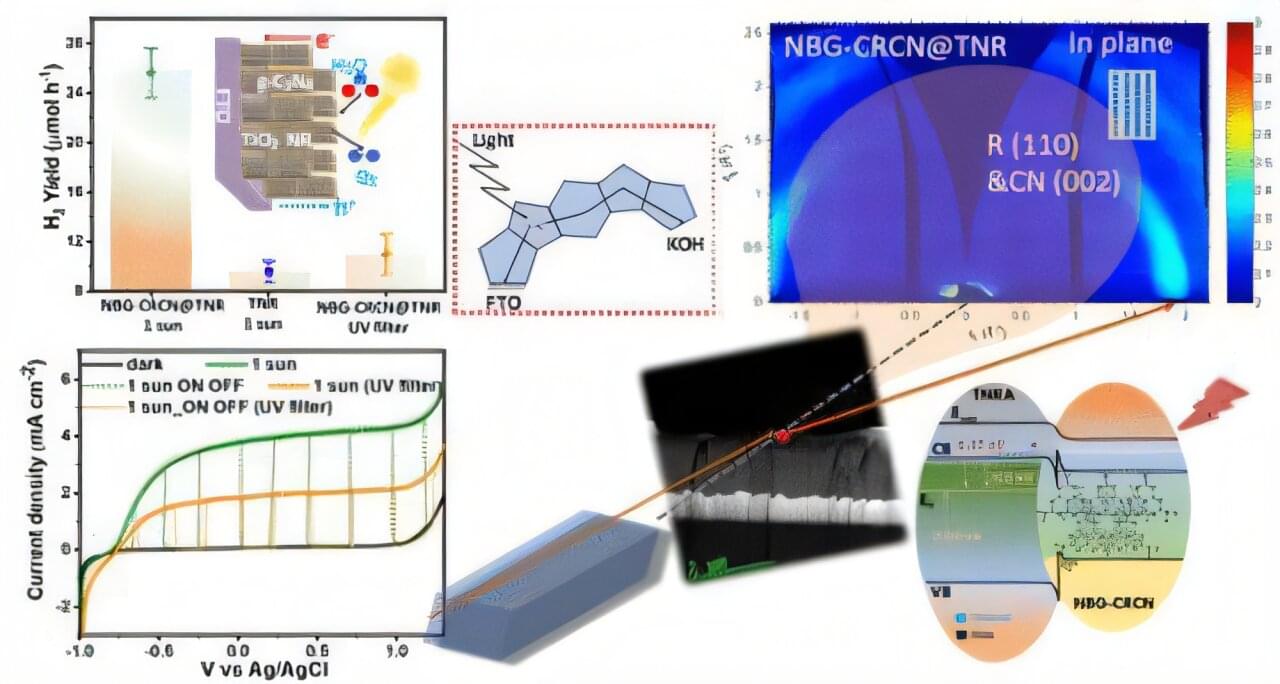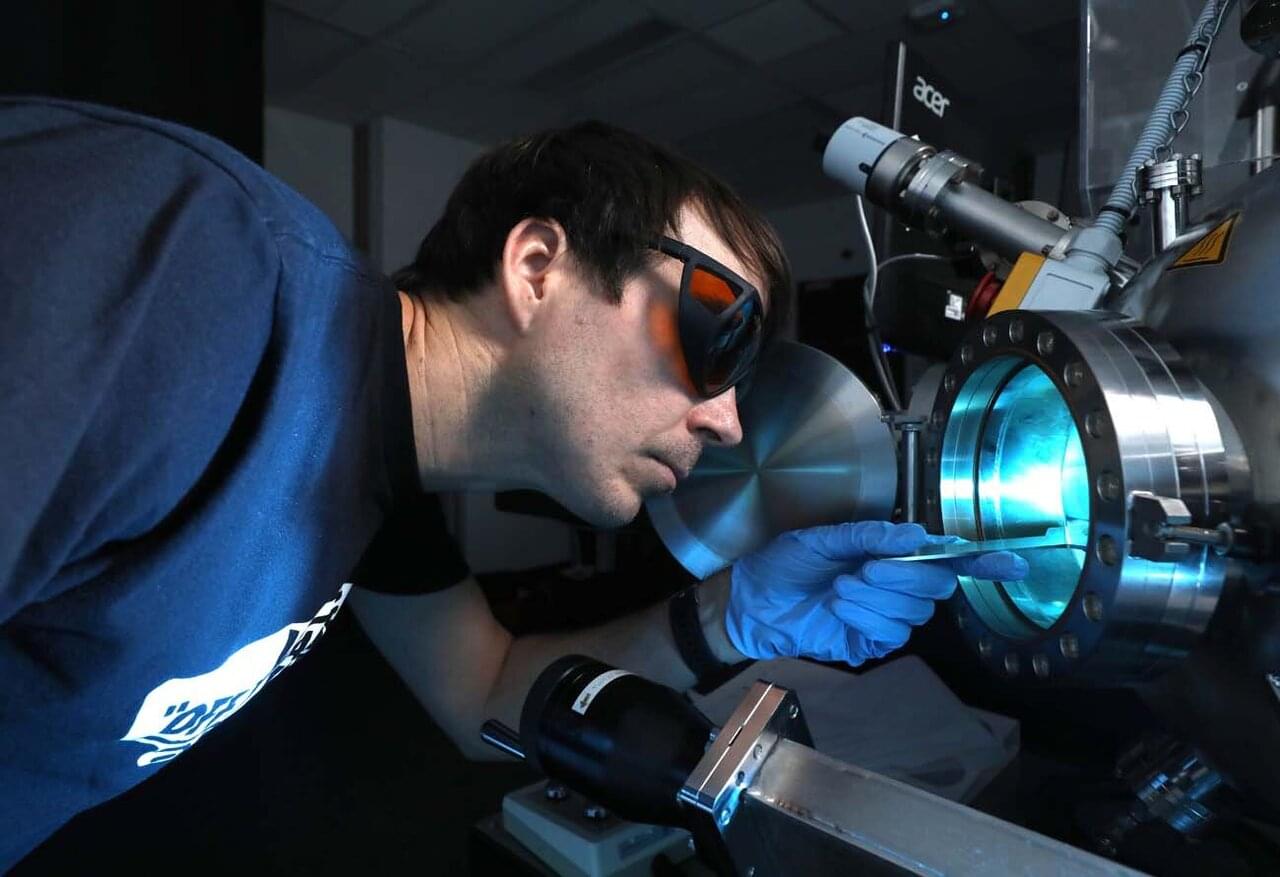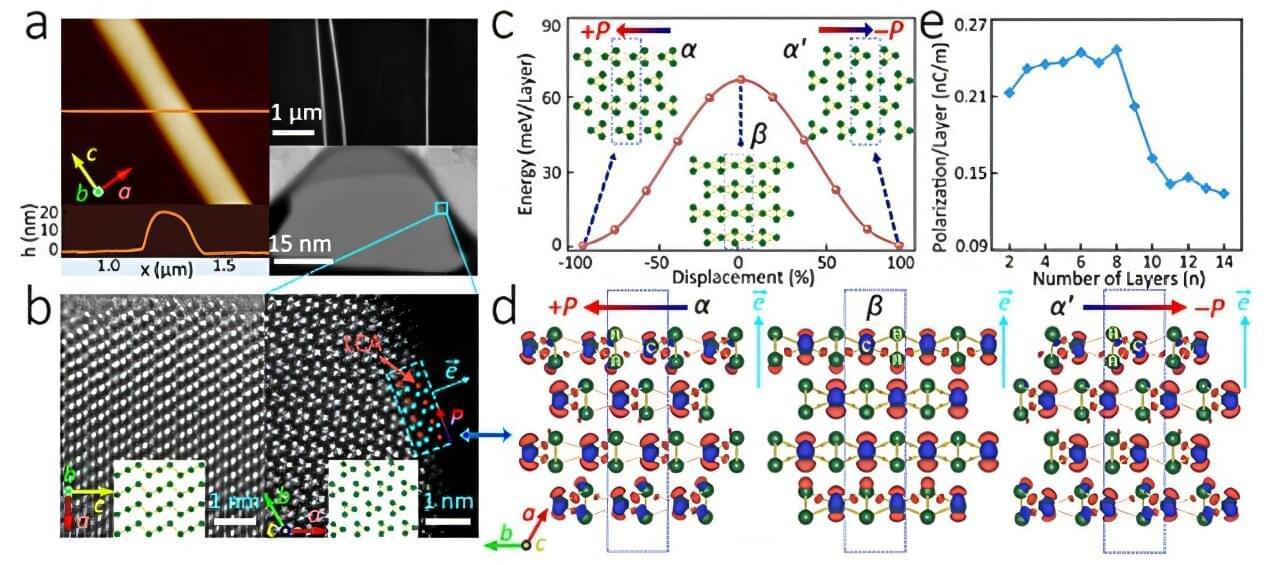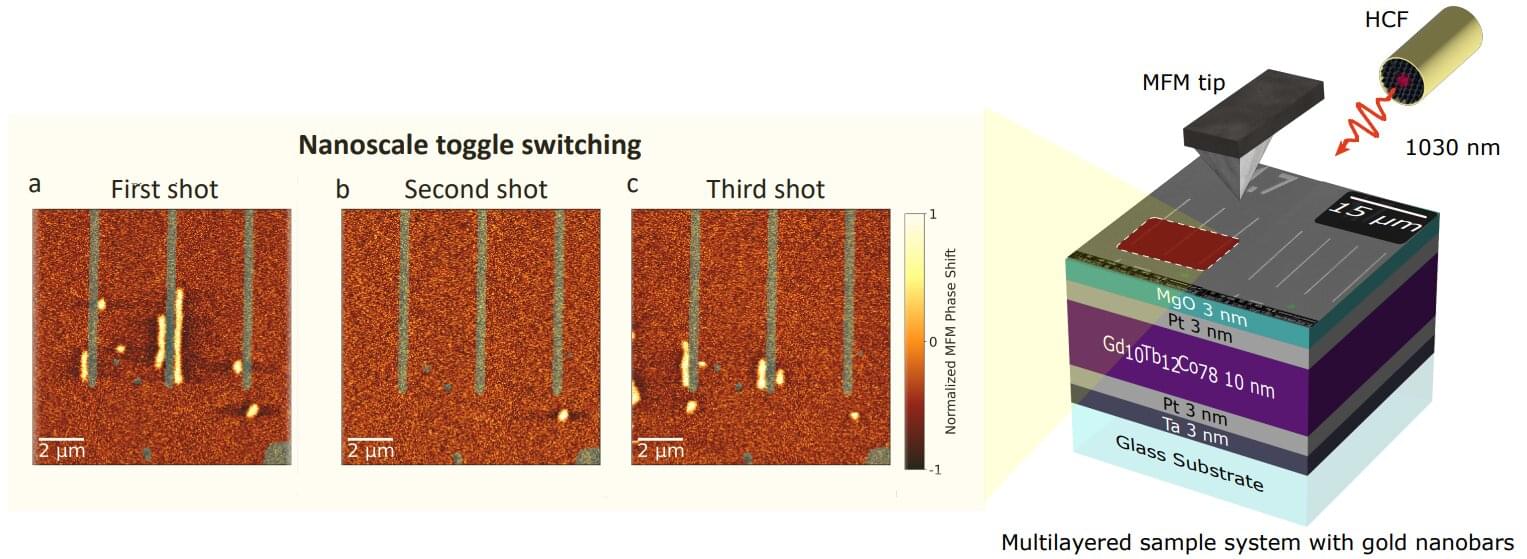Scientists and engineers are developing high-performance materials from eco-friendly sources like plant waste. A key component, lignocellulose—found in wood and many plants—can be easily collected and chemically modified to improve its properties.
By using these kinds of chemical changes, researchers are creating advanced materials and new ways to design and build sustainably. With about 181.5 billion tons of wood produced globally each year, it’s one of the largest renewable material sources.

